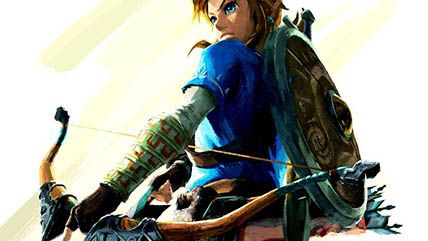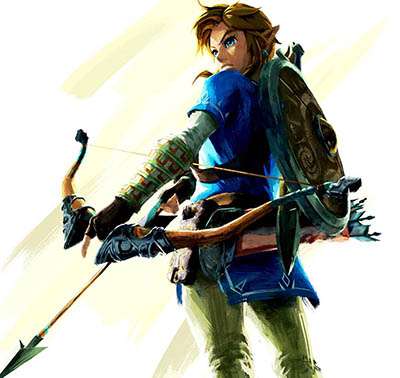The Legend of Zelda: Breath of the Wild


Even the most inventive video games feel tedious at times, just because of the nature of the beast: Go left until the screen fades to black, jump over that obstacle, complete this puzzle, return a magical artifact to its owner, mash the A button, repeat. A video game is a series of commands made by a computer and dutifully inputted by a player. The best games succeed only because they disguise this fact better than others.
Perhaps that's why The Legend of Zelda: Breath of the Wild, the long-awaited new installment of Nintendo's most acclaimed franchise, feels so revolutionary: The game yields control of the iconic protagonist, the elven action-hero Link, and sets him free (with little instruction or fanfare) in a place called Hyrule.
To say that Hyrule is vast would be quite the understatement. Indeed, this is the game's most impressive achievement, and what distinguishes it from earlier entries: The world is larger than that of almost any other video game ever designed. The combined worlds of all previous Zelda games wouldn't come close to filling even a quarter of this one's map.
And Link has nearly complete freedom to explore it. See a mountain that looks interesting? Climb it. Notice an out-of-place fortress in the distance? Jump off the mountain, open your glider, and let the wind carry you there. Realize you're sailing over an undiscovered town? Deactivate the glider and drop in unannounced.
In a departure from the series' norm, Link doesn't even obtain his ultimate weapon, the Master Sword, during the course of natural events. But it's out there, somewhere. That no one told you how or where to find it makes stumbling across the fabled blade feel all the more rewarding.
This article originally appeared in print under the headline "The Legend of Zelda: Breath of the Wild."


Show Comments (2)